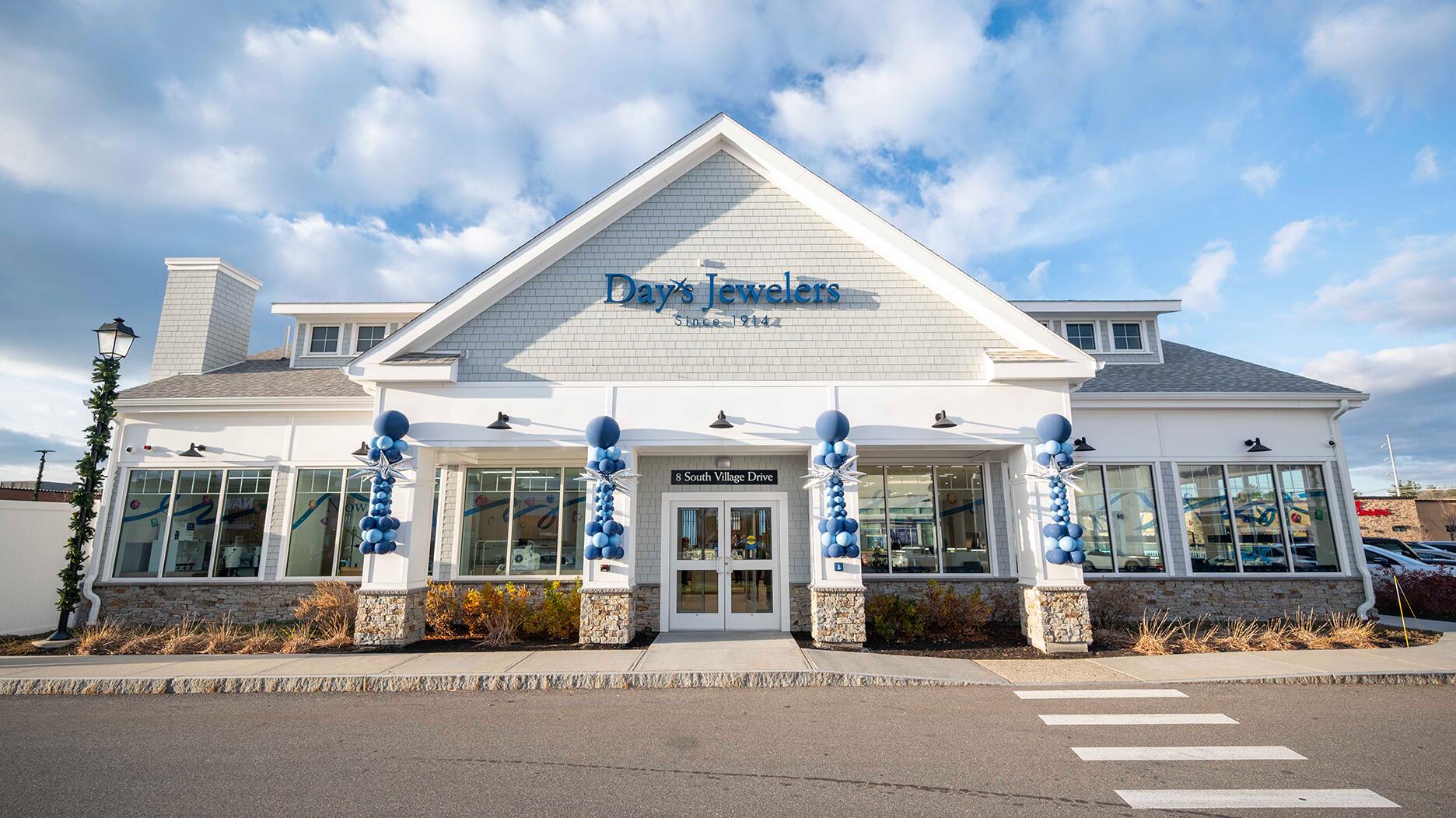The couple pleaded guilty to concealing at least $127 million in cash transactions at its precious metals businesses.
5 Questions on ‘Sell Something’
Vibhor Gems president, author and National Jeweler columnist Peter Smith answers questions about his new book, which is out now.

Sell Something is not, as Smith puts it, a typical “Sales 101”-type of book.
Recently, the Vibhor Gems president and National Jeweler columnist took the time to answer five questions about his new book, which is available now on Amazon.
Sell Something is Smith’s second book, following 2014’s Hiring Squirrels.
National Jeweler: What inspired you to write Sell Something?
Peter Smith: I felt like I really had something to say on a subject that I wasn’t reading about or hearing about in the jewelry space.
There are lots of people conducting what I’d call variations on time-worn themes when it comes to sales training and understanding sales personnel, but I wasn’t seeing much that was incorporating the really important advances in neuroscience that have come to the fore in the last 10 years or so. These advances allow us to now understand human behavior (salespeople and customers) in a way that we couldn’t previously.
NJ: What kind of research did you do for the book?
PS: I used 60 or so direct sources in Sell Something. That would include mostly books on the social sciences and some relevant white papers. Those references come from the top researchers, academics and writers in the field of neuroscience; people such as Susan Cain, Adam Grant, Daniel Pink, Amy Cuddy, Daniel Kahneman, Daniel Goleman, etc.
My passion for the social sciences means that about half of the 50 or so books I’ll read in a given year fit into that category, so I was able to access years of reading and dozens of highlighted works on the subject.
Then, of course, I have the luxury of seeing things up close and personal from my own work in the industry, studying retail and, in particular, retail salespeople.
Lastly, when I was working on (my last book) Hiring Squirrels, I used personality-assessment data from more than 700 salespeople who were then employed in independent retail stores.
That data, and those profiles, of course, were very helpful in understanding both successful salespeople (42 percent) and those who were not at all suited to sales (58 percent) and helped to shape Sell Something.
NJ: What is the most common mistake retail jewelry salespeople make that cause them to lose a sale?
PS: I have to give you two of the most common mistakes. The first one is that far too many salespeople think that those who know the most sell the most. Nothing could be further from the truth, and this over-reliance on product information dumping, instead of making real emotional connections, costs millions of dollars in lost business in our industry every day.
The second point is that salespeople think the customer will tell them when they are ready to buy, instead of the salesperson owning the responsibility for influencing and inspiring the customer into wanting to make a purchase.
NJ: What is the No. 1 thing you hope readers take away from this book?
PS: I would hope that salespeople who are serious about their profession will be reminded that there is no substitute for serial learning. That means learning about the business of sales and human behavior and not just products.
There are so many resources available to salespeople today, and they really should be dedicating a few minutes every day; listening to TED Talks, podcasts, or reading articles, books and posts about sales and consumer behavior.
NJ: What is your favorite anecdote from the book?
PS: One story in particular stands out. Lara, a salesperson who is a top performer, was having an unusually hard time connecting with a man who had entered her store. I could sense her frustration as she recounted her story, and yet it was clear that she was doing a magnificent job reading the customer and demonstrating real empathy in her efforts to make a meaningful connection.
In the end, we learn that the man had just realized a terrible tragedy in his life and, despite the fact that no salesperson could ever have been prepared for that news, Lara managed the situation to an end that was immensely satisfying for the customer and over and beyond what one might reasonably have expected under the circumstances.
The Latest

Consumers shared concerns about prices, inflation, tariffs, trade, and politics in the survey’s write-in response section.

In February 2026, the auction house will move its headquarters to the former Steinway Hall, a neoclassical landmark on Billionaires’ Row.

How Jewelers of America’s 20 Under 40 are leading to ensure a brighter future for the jewelry industry.

The new show will take place Jan. 23-25, 2026.


The former BHP Billiton leader and Gemfields chairman is remembered for his influential leadership throughout his 50-year mining career.

The LVMH-owned brand has partnered with the costume design union to revamp its award for 2026.

Roseco’s 704-page catalog showcases new lab-grown diamonds, findings, tools & more—available in print or interactive digital editions.

The luxury titan inked a deal to acquire an initial minority stake in the jewelry manufacturer with a pathway to full ownership by 2032.

The company’s curation of unsigned vintage and estate jewelry debuted at the Bloomingdale’s in Costa Mesa, California.

In the recent multi-shipment seizure, CBP also found counterfeit Audemars Piguet, Moncler, and Chrome Hearts items.

Helzberg’s Chief Retail Officer Mitch Maggart shared details about its tests of a new store concept rooted in an elevated luxury experience.

Jewelers of America execs and National Jeweler editors discuss tariffs, the sky-high gold price, and the engagement that broke the internet.

The luxury goods company said founder Ippolita Rostagno will remain at the brand’s helm.

Laura Burdese, who joined the Italian luxury brand in 2022, will take on the role in July.

The National Jeweler editors revisit the most noteworthy industry happenings and design trends from 2025.

Need a gift for the cat lover who has everything? Look no further than our latest Piece of the Week.

It purchased the “Grosse Pièce,” an ultra-complicated Audemars Piguet pocket watch from the ‘20s, for a record-breaking price at Sotheby’s.

The lab-grown diamond grower now offers custom engagement and fashion jewelry through its Kira Custom Lab Jewelry service.

Chandler got his start at Michelson Jewelers and has served as DCA president and CEO since 2001. He will retire at the end of the month.

The boutique is slated to open this week inside Terminal 8, offering pre-owned Rolex watches and more to international travelers.

Sponsored by Digital Monitoring Products

The special-edition egg pendant ingested in a New Zealand jewelry store was recovered after a six-day wait.

Associate Editor Natalie Francisco plays favorites with Piece of the Week, selecting a standout piece of jewelry from each month of 2025.

The “Love and Desire” campaign is inspired by the magic that follows when one’s heart leads the way, said the brand.

Two awardees will receive free tuition for an educational course at the Swiss lab, with flights and lodging included.

Berta de Pablos-Barbier will replace Alexander Lacik at the start of January, two months earlier than expected.


























